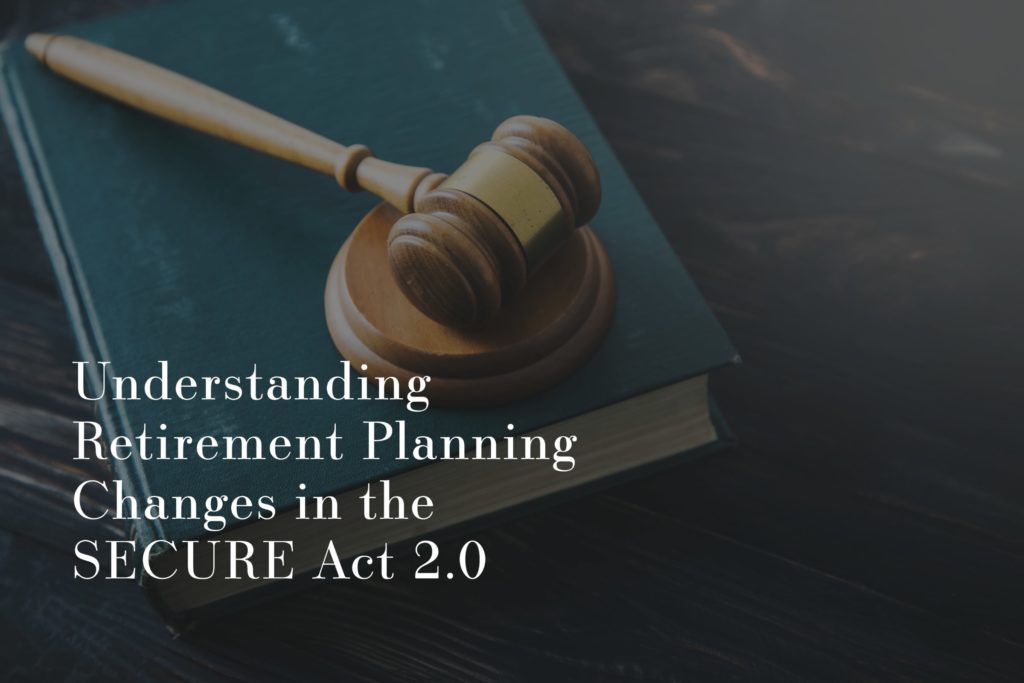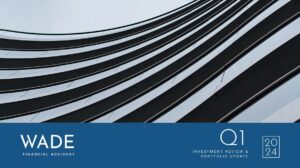Learn About Important and Far-Reaching Provisions that Could Impact Your Financial Future
On December 29, 2022, President Biden signed a bipartisan budget bill that included many retirement savings changes, referred to collectively as the SECURE Act 2.0. It reshaped retirement tax incentives and existing retirement account rules in ways that are likely to have consequences for years to come. Supporters of the legislation say it will encourage stronger retirement savings among workers, while others have expressed concern that some of the provisions expressly benefit high-earners only.
Regardless of where you stand on the efficacy of the legislation, it’s important to understand what the SECURE Act 2.0 means for your finances. The law contains more than one hundred provisions dealing with retirement savings, and below you’ll find details on several that may impact your personal retirement planning efforts.
Required Minimum Distribution (RMD) Changes
The SECURE Act 2.0 increased the age at which you must take Required Minimum Distributions to 73, beginning on January 1, 2023. Ten years from now, in 2033, the RMD age will increase to 75. While it’s true that the majority of people are likely to retire and begin taking needed distributions sooner than age 75, this provision nevertheless benefits those who can afford to wait on distributions by allowing their money to continue to grow for a longer period of time.
Beginning in 2024, the new law also eliminates RMDs for qualified Roth 401(k) accounts. Currently, Roth IRAs are not subject to RMDs, and the SECURE Act 2.0 levels the playing field by applying the same rules to Roth 401(k) accounts in employer plans.
New Financial Incentives for 401(k) Accounts
In a bid to increase employee contributions to employer-sponsored retirement plans, the SECURE Act 2.0 allows employers to offer small incentives for plan participation beginning in 2023. For example, an employer might offer low-dollar gift cards to boost retirement plan participation.
401(k) and 403(b) ‘Emergency’ Withdrawals
Starting in 2024, the SECURE Act 2.0 allows 401(k) and 403(b) account holders to take early “emergency” distributions. Such early withdrawals are meant to cover unforeseeable and urgent financial needs and will not be subject to the typical 10% penalty for early withdrawals. Such distributions can only be taken once per year.
Note: While you won’t pay the initial 10 percent penalty tax on these early distributions, you may still feel the impact through a different type of penalty. If you do not repay your emergency distribution within a certain time, you will be prohibited from taking another emergency distribution for three years.
Hardship Withdrawals
In addition to the early “emergency” withdrawals mentioned above, the SECURE Act 2.0 aligned existing hardship withdrawals for 401(k) and 403(b) accounts. Previously, those distribution rules were different.
In addition, the new law includes a provision for penalty-free withdrawals in cases related to domestic abuse.
Automatic Enrollment in Retirement Plans
In another effort to increase retirement plan participation, the SECURE Act 2.0 expanded existing auto-enrollment provisions for 401(k) and 403(b) plans, which have previously succeeded in upping the number of participating workers. This provision won’t take effect until 2025 and some small businesses are excepted. Any auto-enrolled employees will retain the right to opt out.
Higher Catch-Up Contribution Limits
Prior to the new legislation, workers aged 50 and older have been permitted to make retirement plan contributions greater than typical limits, and the SECURE Act 2.0 has increased those catch-up opportunities. As of 2025, workers aged 50 and older can contribute the greater of $10,000 or 50 percent more than the normal catch-up amount if they are 60, 61, 62, or 63. In 2026 and beyond, those amounts will be indexed for inflation.
In one of the provisions that some say unfairly benefits high earners, the SECURE Act 2.0 also allows those earning more than $145,000 to make catch-up contributions, regardless of age. This provision takes effect in 2024, and it will be adjusted for inflation in future years.
Employer Matches for Student Loan Payments
This provision of the SECURE Act 2.0 is a welcome change for workers still paying off student loans. It allows employers to make matching contributions to employee retirement plans, not for retirement plan contributions, but for student loan payments. It becomes effective in 2024.
New 529 Plan Rollover Option
While the option will apply in fairly limited circumstances, some people with 529 plans that aren’t going to be utilized for educational expenses may be able to roll over to a Roth IRA account under the SECURE Act 2.0. The 529 plan must have been maintained for at least 15 years, and the Roth IRA account must be in the name of the 529 plan beneficiary. There is a $ 35,000 lifetime limit on funds that can be rolled over, and all rollovers must fall within the annual Roth IRA contribution limits.
Goodbye, Saver’s Credit (Hello, Saver’s Match)
Starting in 2027, the SECURE Act 2.0 will do away with the non-refundable Saver’s Credit for certain retirement plan contributions. Instead, there will be a Saver’s Match. It will be 50 percent of IRA or retirement plan contributions up to $2,000 per person. Income limits and phase-outs will apply.
A Retirement Savings ‘Lost and Found’
One of the more interesting – and undoubtedly useful – aspects of the SECURE Act 2.0 is that it creates a searchable database for retirement accounts that workers may have lost track of. It will become easier to locate these abandoned and “orphan” accounts, which can be difficult to locate and access. The database will likely be under development for the next two years, but it will eventually become available through the U.S. Department of Labor website.
What Does the SECURE Act 2.0 Mean for You?
It’s impossible to detail more than a hundred provisions here, but those above are the likeliest to impact most workers. If you’re curious about additional provisions and how they may impact your retirement planning efforts, we can help.
Illuminated Advisors is the original creator of the content shared herein. I have been granted a license in perpetuity to publish this article on my website’s blog and share its contents on social media platforms. I have no right to distribute the articles, or any other content provided to me, or my Firm, by Illuminated Advisors in a printed or otherwise non-digital format. I am not permitted to use the content provided to me or my firm by Illuminated Advisors in videos, audio publications, or in books of any kind.










